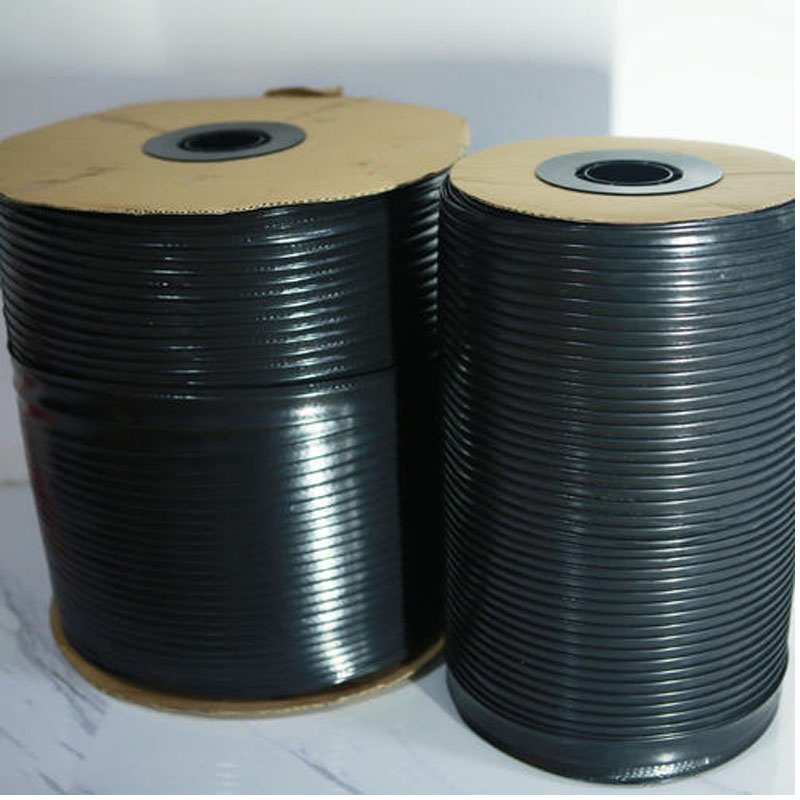Oct . 19, 2024 01:18 Back to list
Exploring Various Types of PVC Pipes and Their Manufacturing Processes
Understanding the Types of PVC Pipes and Their Applications
Polyvinyl chloride (PVC) pipes have gained immense popularity in various industries due to their durability, versatility, and cost-effectiveness. They are commonly used in plumbing, agricultural irrigation, sewage systems, and many other applications. To understand the optimal use of PVC pipes, it is crucial to examine the different types available and how they are fabricated in factories.
Types of PVC Pipes
PVC pipes are classified based on their intended application, pressure ratings, and physical characteristics. The most common types include
1. Schedule 40 PVC Pipes These pipes are typically used for residential plumbing and irrigation systems. Schedule 40 pipes have a medium thickness, making them suitable for low to moderate pressures. They can handle water temperatures up to 140°F and are often selected for various DIY projects due to their ease of installation.
2. Schedule 80 PVC Pipes These pipes are thicker than Schedule 40 and offer higher pressure ratings. Schedule 80 PVC pipes are commonly used in industrial applications, chemical processing, and other scenarios where durability and strength are paramount. They have a higher resistance to chemical corrosion, making them ideal for transporting aggressive substances.
3. PVC C900 Pipes Specifically designed for water distribution systems, PVC C900 pipes are used for underground applications. They are engineered to handle higher pressures and are commonly used in municipal water supply systems. The smooth interior surface of C900 pipes allows for efficient flow, reducing the risk of blockages.
4. PVC DWV Pipes DWV stands for Drain, Waste, and Vent. These pipes are specifically designed for sewage, drainage, and venting systems. They have a simple design and do not require joint fittings, making installation straightforward. DWV pipes are essential for preventing sewer gas from entering buildings and ensuring proper drainage.
5. PVC Foam Core Pipes These pipes are lightweight and offer excellent insulation properties. They are used in various applications, including plumbing and HVAC systems. Their foam core design allows for easier handling and installation, which can significantly reduce labor costs in large projects.
types of pipes pvc factories

Manufacturing Process in PVC Factories
The production of PVC pipes involves a series of well-coordinated steps to ensure quality and consistency
. The manufacturing process typically includes1. Material Preparation The primary raw material, polyvinyl chloride resin, is imported in powder form. Additives such as stabilizers, lubricants, and colorants are mixed into the powder to enhance the properties of the finished pipes.
2. Extrusion The blended material is fed into an extruder, where it is heated and melted to form a continuous profile. The extruded material is then shaped into pipes using a mold.
3. Cooling and Cutting Once the pipes are extruded, they pass through a cooling process to solidify. After cooling, the pipes are measured and cut to the desired lengths.
4. Quality Control Each batch of pipes undergoes rigorous quality checks to ensure compliance with industry standards. Tests often include pressure tests, impact resistance tests, and dimensional inspections.
5. Packaging and Distribution Finally, the pipes are bundled, packaged, and prepared for shipment. Many factories focus on sustainable packaging to reduce their environmental impact.
Conclusion
Understanding the various types of PVC pipes and their manufacturing process is crucial for contractors, builders, and end-users alike. Each type serves a specific purpose and has its advantages, making PVC pipes an excellent choice for numerous applications. With ongoing advancements in technology and manufacturing methods, PVC factories continue to evolve, ensuring that consumers have access to high-quality, durable, and efficient piping solutions. Whether for residential plumbing, industrial use, or sewage systems, PVC pipes remain an indispensable component of modern infrastructure, demonstrating their significant role in construction and environmental management.
-
High-Quality PVC Borehole Pipes Durable & Versatile Pipe Solutions
NewsJul.08,2025
-
High-Quality PVC Perforated Pipes for Efficient Drainage Leading Manufacturers & Factories
NewsJul.08,2025
-
High-Quality PVC Borehole Pipes Durable Pipe Solutions by Leading Manufacturer
NewsJul.08,2025
-
High-Quality PVC Borehole Pipes Reliable PVC Pipe Manufacturer Solutions
NewsJul.07,2025
-
High-Quality UPVC Drain Pipes Durable HDPE & Drain Pipe Solutions
NewsJul.07,2025
-
High-Quality Conduit Pipes & HDPE Conduit Fittings Manufacturer Reliable Factory Supply
NewsJul.06,2025

